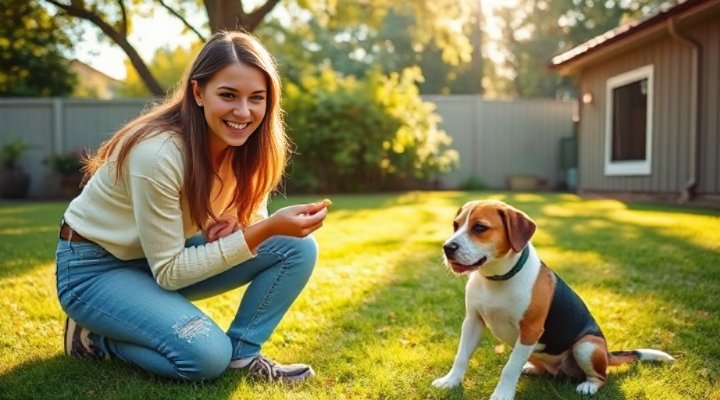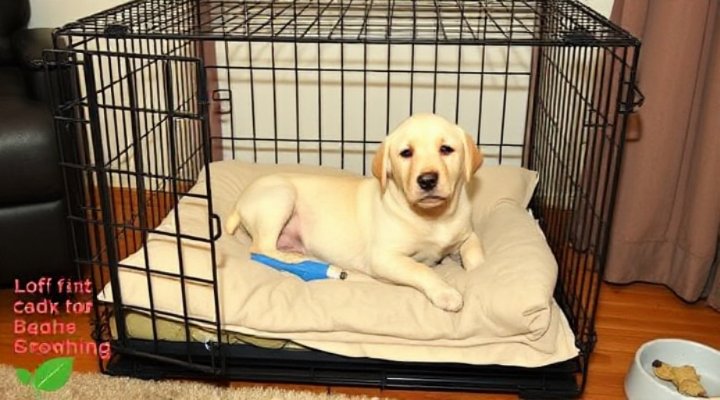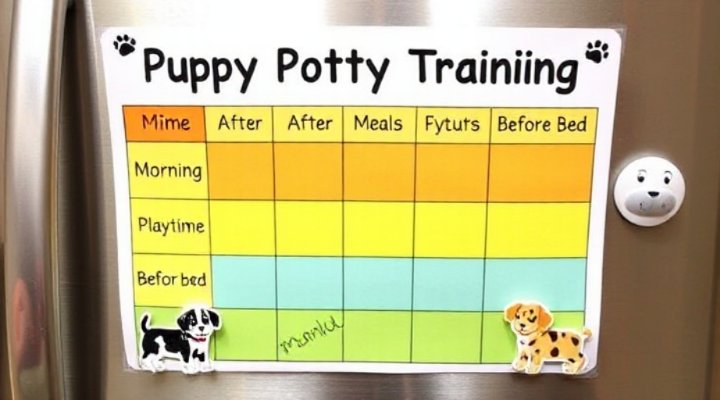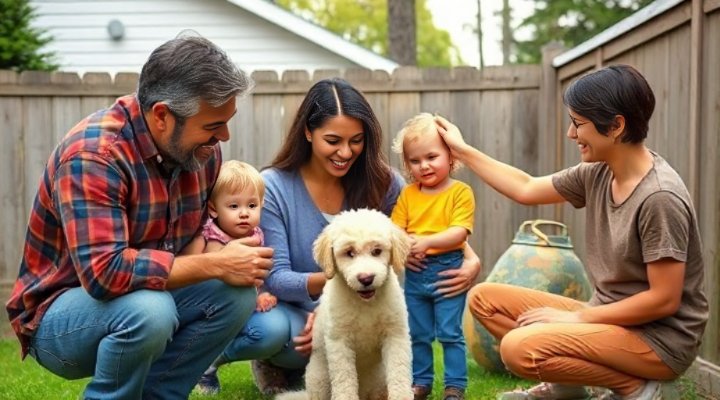Potty training is one of the first and most important lessons you’ll teach your new furry family member. The best way to potty train a puppy combines patience, consistency, and plenty of positive reinforcement. In other words, it’s about creating good habits while making the experience positive for both of you.

Understanding Puppy Potty Needs
First of all, remember that puppies have small bladders and limited control. Generally, they can hold their bladder for about one hour per month of age. For example, a 2-month-old puppy typically needs to go every 2 hours. Meanwhile, establishing a routine is crucial for success.
During the first few weeks, you’ll want to take your puppy out:
- First thing in the morning
- After every meal
- After play sessions
- After naps
- Right before bedtime
If you’re looking for more general puppy training advice, check out our Ultimate Puppy Training Schedule for comprehensive guidance.

Crate Training: Your Secret Weapon
Most importantly, crate training can significantly speed up the potty training process. Dogs naturally avoid soiling their sleeping area, so a properly sized crate helps them learn bladder control. That is to say, the crate should be just big enough for your puppy to stand, turn around, and lie down comfortably.
For stubborn puppies, our article on Training a Stubborn Husky offers additional techniques that can be adapted for potty training.

Positive Reinforcement Techniques
Above all, positive reinforcement works wonders in potty training. When your puppy goes in the right spot:
- Immediately praise with an excited “Good potty!”
- Offer a small, tasty treat
- Follow with gentle petting
Similarly, if you’re working on other behaviors, our guide to Teaching Puppy Obedience complements potty training perfectly.

Handling Accidents Gracefully
Certainly, accidents will happen. When they do:
- Don’t punish – puppies don’t understand delayed corrections
- Clean thoroughly with enzymatic cleaner to remove odors
- Simply take them to the correct spot and praise if they finish there
For puppies showing anxiety during training, techniques from our Helping Sensitive Pets Relax article may help.

Transitioning to Full Independence
As your puppy masters the basics, you can gradually:
- Increase time between potty breaks
- Expand their access to more areas of your home
- Reduce treats while maintaining verbal praise
Remember, every puppy learns at their own pace. Some may master potty training in a few weeks, while others need several months. The key is consistency and maintaining a positive attitude throughout the process.
For more advanced training after potty training is established, consider our Advanced Obedience Techniques to continue your puppy’s education.
Related Keywords: puppy potty training schedule, housebreaking a puppy, puppy crate training tips, how to stop puppy accidents, best puppy potty training methods

